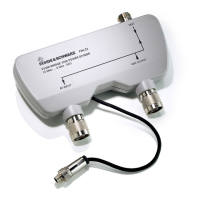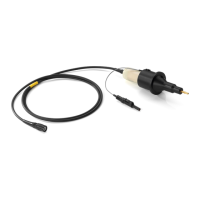Protocol analysisMXO 4 Series
368User Manual 1335.5337.02 ─ 07
Prerequisites: A bus is configured for the UART and decoded.
1. Tap on the "UART / RS232" shortcut.
2. Tap on the "Export" tab.
3. If necessary, enable "Include details".
4. If necessary, enable "Include timing".
5. Select the "File type".
An export file is saved in the selected directory.
The UART export files contain the following fields:
●
Index
●
Start
●
Stop
●
Source
●
State
●
TX value
●
RX value
●
Bit rate
Example UART export file
Index,Start,Stop,Source,State,Tx value,Rx value,Bit rate
1,-0.0629961,-0.0629531,'TX','OK',33h,---,256000
2,-0.0629453,-0.0629023,'RX','OK',---,F5h,256000
3,-0.0628945,-0.0628516,'TX','STER',C8h,---,256000
4,-0.0628438,-0.0628008,'RX','SPER',---,28h,256000
5,-0.062793,-0.06275,'TX','PRER',A8h,---,256000
13.5 CAN (option R&S MXO4-K520)
CAN is the Controller Area Network, a bus system designed by Bosch for use within
automotive network architecture, for example, for brake, power train and engine man-
agement. Today, it is also used in many other systems, for example, in industrial
machines, aerospace, subsea, merchant marine.
With the MXO 4 you can decode frames from some of the most common CAN proto-
cols standards:
●
Classical CAN (CAN 2.0): with the standard frame format (11-bit identifier) and the
extended frame format (29-bit identifier).
●
CAN FD: CAN with flexible data rate. It is an extension of the classical CAN proto-
col and allows for increased data rates and payloads. It is backward compatible
with CAN 2.0.
CAN (option R&S
MXO4-K520)

